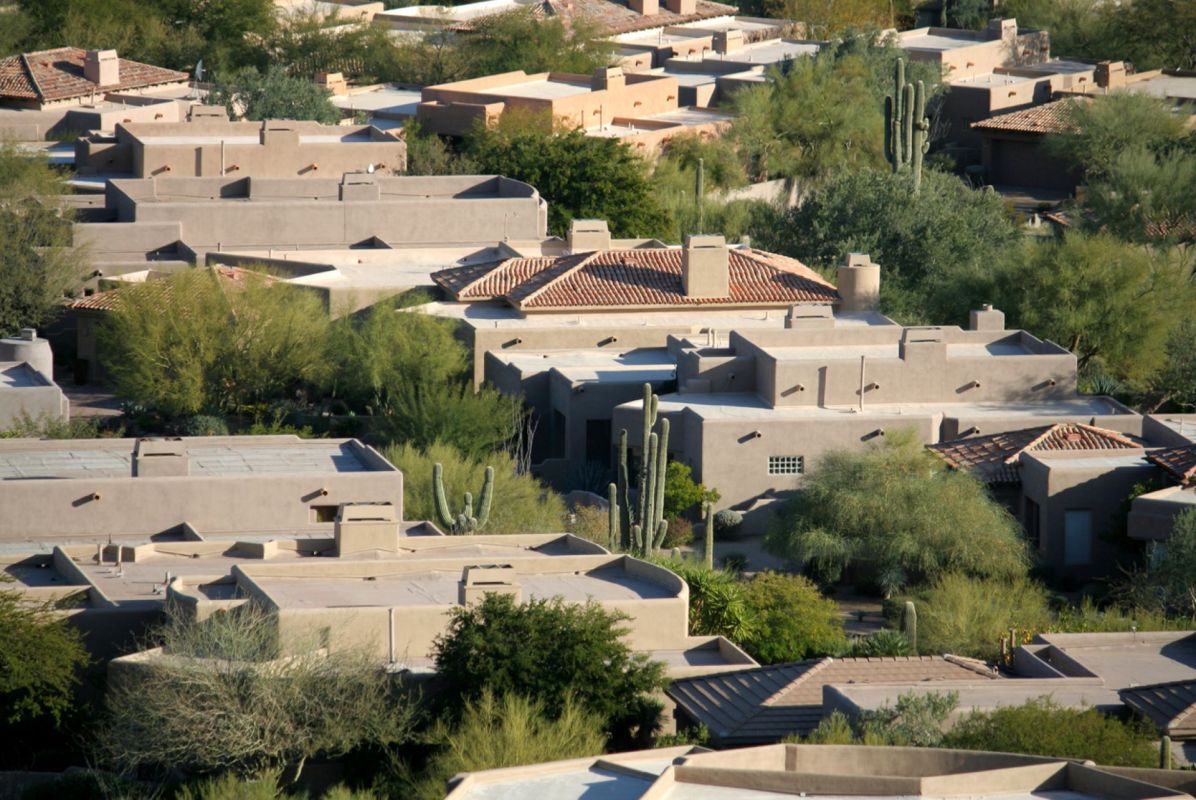Natural disasters such as fires, floods, and hurricanes are becoming more and more common.
Common sense should tell people to stay as far away as possible from these destructive and deadly events — but that isn't what's happening. According to Bloomberg, people in America are actually moving into disaster-prone areas.
What's happening?
Bloomberg's analysis is based on a study by the real estate firm Redfin. The company identified the ZIP codes most vulnerable to flooding, wildfire, heat, drought, and hurricanes. It then looked at census data to determine how many people moved into and out of those areas.
According to Redfin's findings, the number of Americans who moved into disaster-prone areas in 2021 and 2022 vastly outnumbered those who moved out of those areas.
For example, in the areas most prone to flooding, Redfin determined around 400,000 more people were moving in than moving out, a 103% increase from 2019 and 2020.
Areas vulnerable to fires had a net influx of 446,000 people (an increase of 51%), and those suffering extreme heat swelled by 629,000 people (an increase of 17%). Lee County, Florida, which was devastated by Hurricane Ian in 2022, gained 60,000 more people than it lost.
Why are people moving to unsafe areas?
According to Bloomberg, the main factor behind these decisions is money. The homes in these areas tend to be more affordable — especially in states with low land costs and relaxed building codes.
Living conditions also play a role. Daryl Fairweather, Redfin's deputy chief economist, told Bloomberg, "People are seeking out places with warm weather and low taxes. Those near-term concerns tend to trump any of these climate risks."
The end result is a flow of people toward the Sun Belt and particularly toward Florida, Arizona, Utah, and California — despite the risk of storms, floods, drought, and heat waves, Bloomberg reports.
Unfortunately, insurers are moving out of disaster-prone states over concerns that the worsening conditions may wipe out their profits. This leaves many homeowners without coverage or with extremely expensive policies.
The result is likely to be a greater loss of life and loss of property each time a disaster strikes in one of these areas.
What can I do to avoid this problem?
If you're moving, consider the long-term risks when choosing a destination, including whether your new home is in a flood plain, in the path of wildfires, or in a coastal area where hurricanes may make landfall.
Also, remember that the asking price of the house isn't the only financial factor. As Redfin found, "Homeowners in disaster-prone areas may see their property values start to grow at a slower-than-expected pace as natural disasters intensify and insurance becomes costlier and harder to come by."
Join our free newsletter for cool news and cool tips that make it easy to help yourself while helping the planet.









